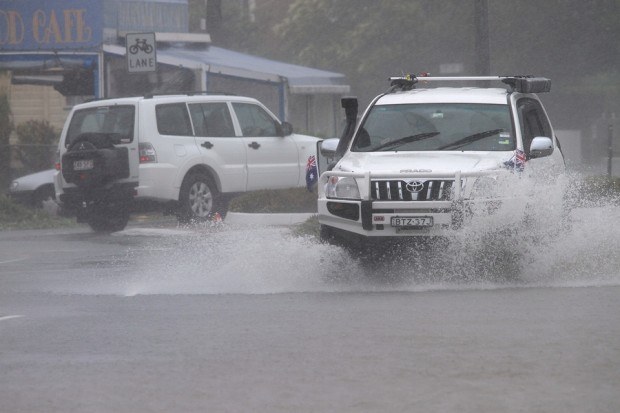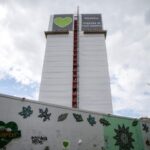Tropical Cyclone Ita slammed into the north Queensland coast late Friday, but tougher building codes, a sparse population near landfall and the relatively small size of the storm will minimize insured losses, the catastrophe modeling firm AIR Worldwide said on April 11.
You can thank Cyclone Tracy for that. Building codes enacted after Cyclone Tracy hit in 1974, if followed, should help minimize wind and debris-related affects, AIR Worldwide noted in its update on the storm. That said, authorities are warning residents that homes or buildings built before 1985 could face major damage. In Cooktown, a community of 2,400 people located south of where Ita made landfall, about a third of the homes were built before 1985, according to the update.
Once predicted to be a Category 5 storm on the Australia cyclone scale (Category 4 on the Saffir-Simpson scale), Ita got downgraded to Category 4 in the 12 to 18 hours before landfall at 9-10 p.m. Australian Eastern Standard Time on April 11. The Australia Bureau of Meteorology downgraded it further to a Category 3 storm on the Australia cyclone scale as it moved inland, with expectations it would continue to weaken over the next 12 hours as it advanced southwest inland from the coast, AIR Worldwide noted.
Kevin Hill, Senior scientist at AIR Worldwide, referred in a statement to Ita as a “small cyclone, which should serve to limit the spatial extent of damaging winds.”
All of that said, there are some uncertainties. Hill noted in the release that it will be a challenge to verify Ita’s maximum intensity “due to limited wind speed observations.” AIR asserts that Category 3 and 4 wind speeds can lead to significant damage, particularly for older buildings and structures, and trees prone to being uprooted and snapped from cyclone-level winds.
Source: AIR Worldwide
Related Article: Australian Ports Shut in Advance of Storm; Intensifying to Yasi Strength





















 Why ‘Good Enough’ Is Killing Insurance: The Hidden Cost of Satisficing
Why ‘Good Enough’ Is Killing Insurance: The Hidden Cost of Satisficing  What to Expect in 2026: U.S. P/C Results More Like 2024
What to Expect in 2026: U.S. P/C Results More Like 2024  California Workers Comp Combined Ratio for 2024 Highest in 20-Plus Years
California Workers Comp Combined Ratio for 2024 Highest in 20-Plus Years  Is the AI Boom a Bubble Waiting to Pop? Here’s What History Says
Is the AI Boom a Bubble Waiting to Pop? Here’s What History Says 





